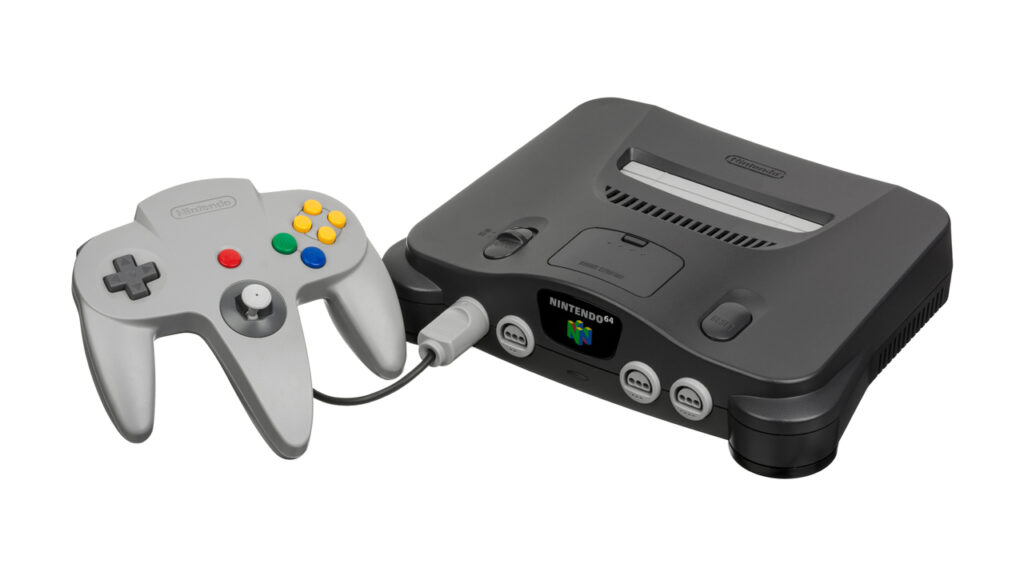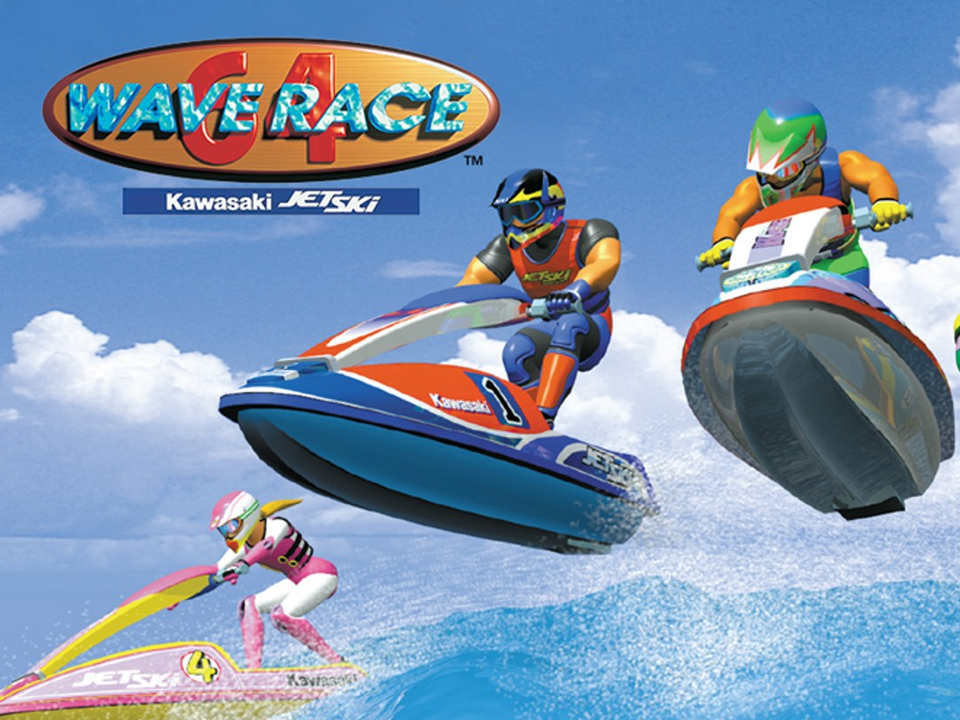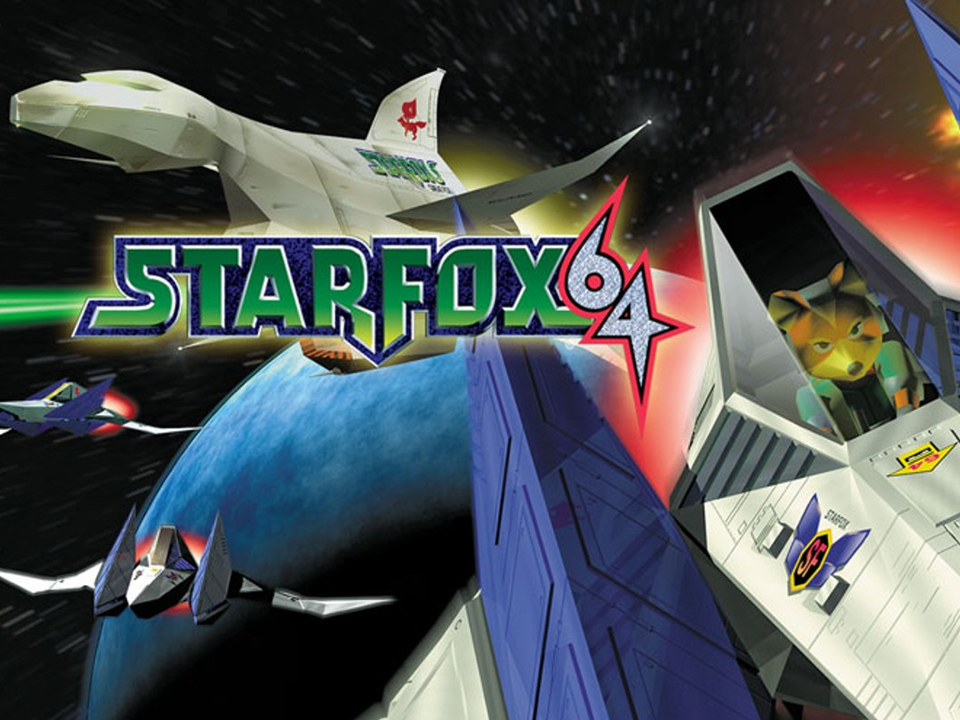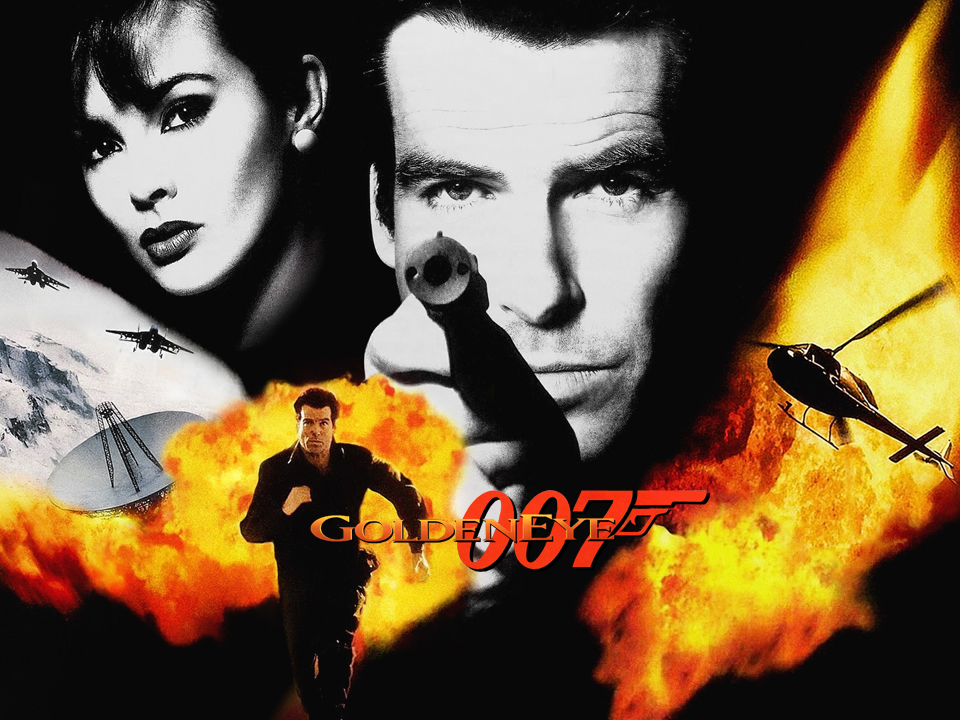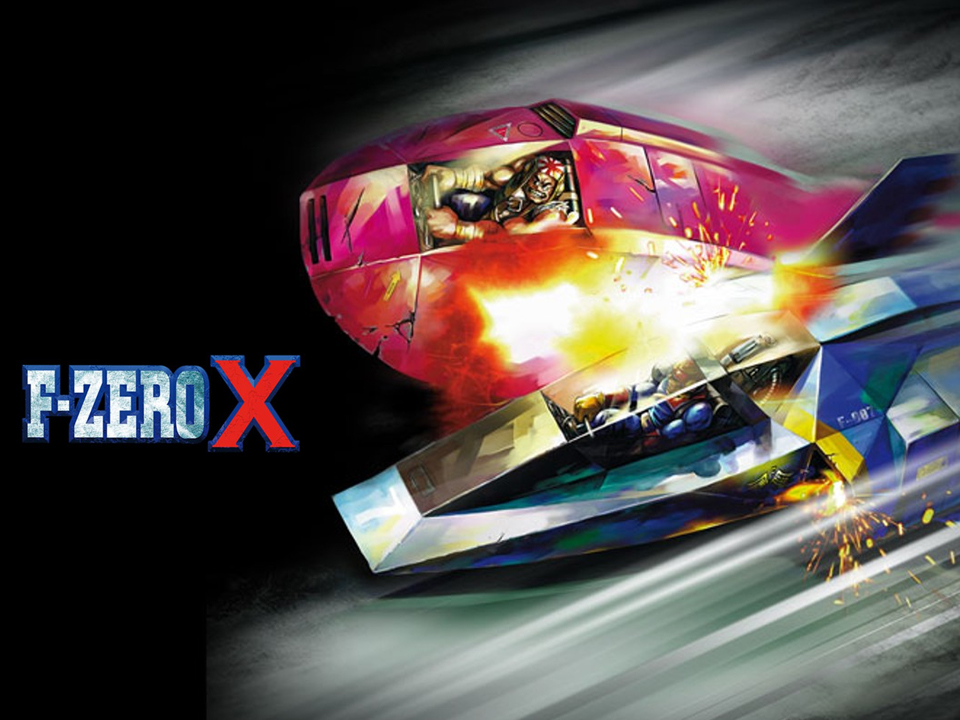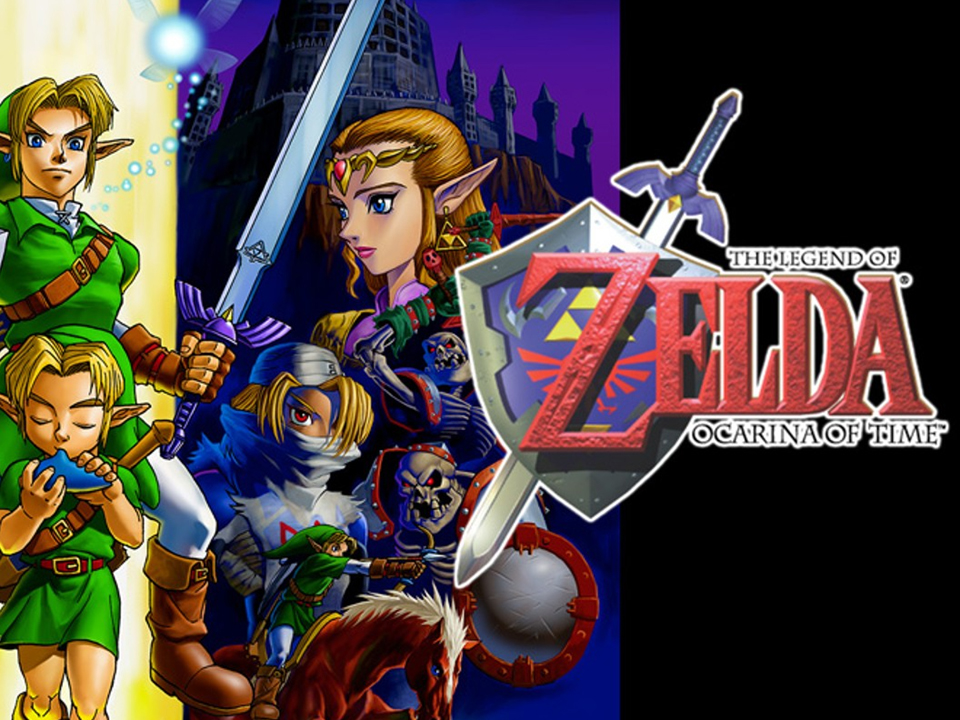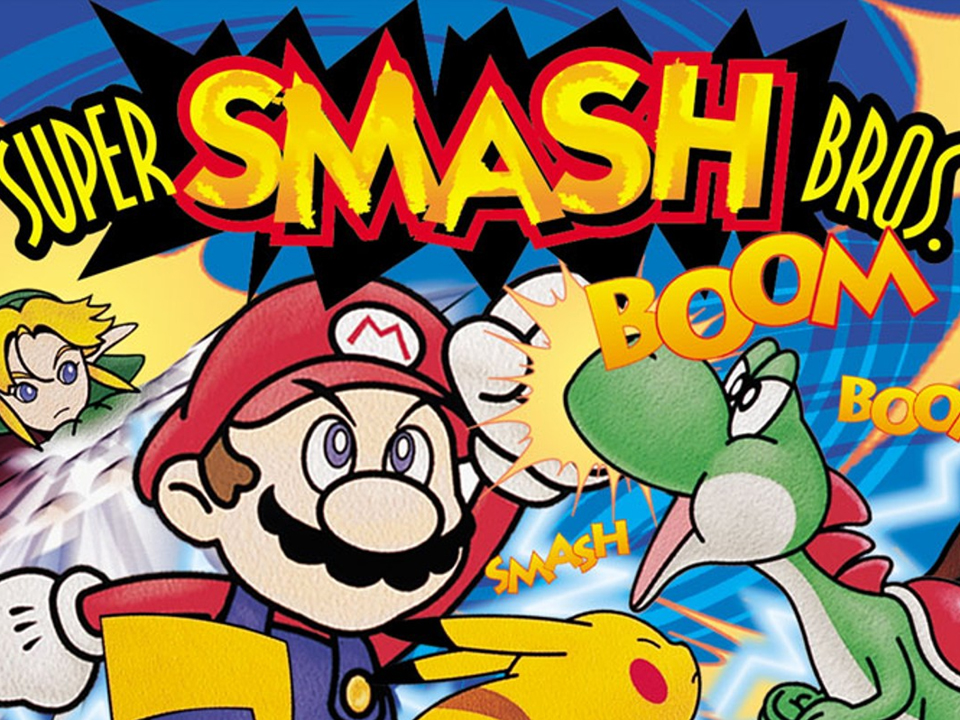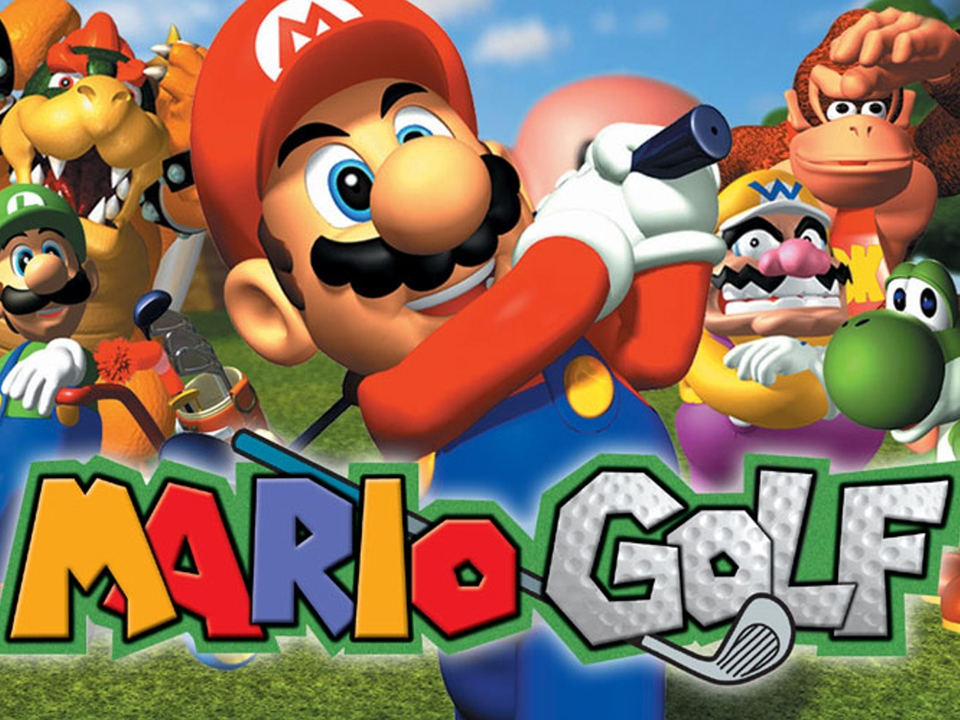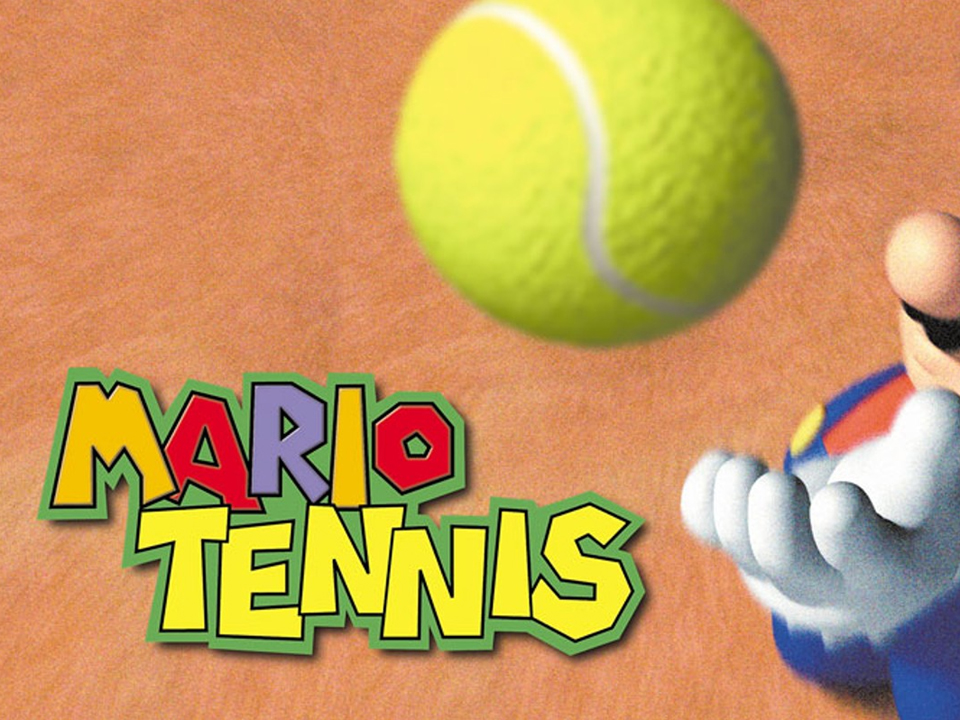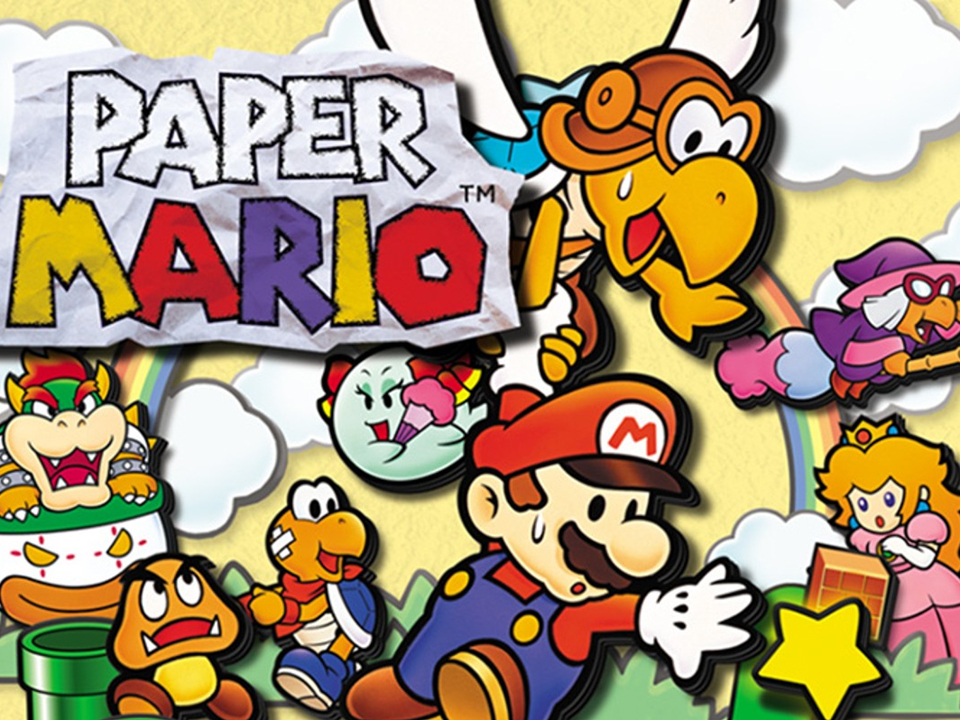For over 10 years prior to the launch of their N64 system, Nintendo sat fairly comfortably as the top dog in the video game console market. That all began to change by the mid-90s, however. Following Sega and Sony's (then) next-gen console face-off throughout much of 1995, Nintendo somewhat controversially opted to wait until the following year to release their own competing hardware. One of the main reasons for this decision was so that they could allow enough time for a sufficient pipeline of software titles to be ready to support the console (and not wind up in the same embarrassing predicament Sega had with their premature launch of the Saturn). While the delay did likely hurt them a bit with regard to potential sales lost, it also ensured that the N64 would make a strong impact when it did finally arrive (the lack of which for the Saturn no doubt contributed to that console's early demise).
While the official US launch date for the Nintendo 64 was intended to be Sunday, September 29th, 1996, as advertised, the vast majority of retailers broke that release date and began selling them before the start of the weekend. Following its successful launch, the Nintendo 64 achieved modest success throughout its life. The decision to stick with cartridges in the age of the compact disc, along with a slight lack of third-party support, would cause Nintendo's system to be pretty handily outsold by Sony's PlayStation console. However, the Saturn's early departure from the field, combined with an absolute wealth of outstanding first and second-party titles, still solidified the Nintendo 64 as both an unquestionable success for Nintendo, as well as an object of great affection for Nintendo fans, and gamers, everywhere.

Super Mario 64 (Nintendo, 1996)
If there was one series that the success of the Nintendo 64 was absolutely dependent on, it was Super Mario. This key franchise had played a pivotal role in the wild success of each of their two previous consoles, so a considerable amount of effort went into making sure that this time was no different. Adding to this pressure was the fact that this new Mario title would need to be playable in three dimensions (a first for the series) in order to both capitalize on the trend and meet fan expectations, as well as to showcase the capabilities of their exciting new hardware.
Thankfully for Nintendo, as well as Mario fans everywhere, they were clearly up to the challenge. Super Mario 64 was exactly the outstanding success that Nintendo needed it to be and it became the early must-have title for the Nintendo 64, as well as an industry touchstone in terms of how to properly make a fun three-dimensional platforming game, and do it truly well. While the rush to meet the launch date may have resulted in the game releasing with certain expected features missing (like Luigi), and the game may not have aged as gracefully as other series entries, Super Mario 64 still rightly deserves its place, both on this list, and in the annals of gaming history.
Wave Race 64 (Nintendo, 1996)
Although Nintendo's new console did launch with Super Mario 64, and the also-popular Pilotwings 64, the next available title for the system didn't arrive until about a month later. Fortunately, that title happened to be Wave Race 64, a game so incredibly unique and well-crafted, early adopters were only too happy to add it to their growing collections. Nintendo effectively invented the personal watercraft genre with the Wave Race series, and the ability to ride and do stunts on on jet skis in the game, as well as the cutting edge water physics that it featured were both quite unprecedented at the time. The fact that it offered plenty of addictive fun and numerous options, such as multiplayer, made Wave Race 64 one of the best, most talked-about titles of the year.
Mario Kart 64 (Nintendo, 1997)
In 1992, as they did with Wave Race and the personal watercraft game, Nintendo also created the kart racing genre with Super Mario Kart. Not only did they establish it, but they did so with a game that was such a runaway winner, it became one of the top reasons to own their Super Nintendo console. Five years later, they redefined the genre with their smash-hit follow-up, and for every bit as good as the original had been, Mario Kart 64 managed to somehow be better. In nearly every conceivable way. It was faster, deeper, better looking, and allowed up to four players to get in on the fun instead of just a paltry two. The game was so good in fact, that despite the numerous excellent and highly-praised sequels that have since followed it, in many ways, Mario Kart 64 still remains the high-water mark of the series today. Not only was it one of the single best reasons to own a Nintendo 64, it's also one of the greatest kart racing games of all time.
Star Fox 64 (Nintendo, 1997)
In 1995, as Star Fox 2 was nearing release on the Super Nintendo, a last-minute decision was made to scrap the game in favor of an even better follow-up to the 1993 original, designed specifically for their upcoming console. Much of what was created for Star Fox 2 was then reworked into 1997's Star Fox 64. The result was a much bigger, better-looking game featuring a number of additional options and upgrades (like a welcome four-player versus mode) that simply wouldn't have been possible on the Super Nintendo. While it was a bit unfortunate that the Super Nintendo had to be deprived of what likely would have been an end-of-life hit for that system, that its loss resulted in the Nintendo 64 gaining, not only an even better series installment, but one of that system's greatest titles, was more than compensation enough. In any case, Star Fox 2 would eventually see the light of day, years later, anyway. Talk about a win/win.
GoldenEye 007 (Rare, 1997)
It isn't often that a title comes along that completely changes the game. But in August of 1997, GoldenEye 007 did exactly that. Up to that point, the first-person shooter genre had primarily been the sole domain of the personal computer. Nobody had figured how to make them especially practical, or popular, on consoles and controllers. Until acclaimed Nintendo second-party developer Rare took a crack at it, that is. What was even more incredible, was that they did it with a movie adaptation game, of all things. A genre that, even today, is notorious for poor quality.
So Rare basically did the impossible, overcoming, not one, but two different industry stigmas, simultaneously. Delivering something so incredibly rare (no pun intended), it could only be described as the gaming equivalent of a unicorn. GoldenEye 007 was a fun, great-looking first-person shooter that had been brilliantly adapted to being played with a controller. In addition, it paid utmost respect to the fantastic source material it was based on through meticulous attention to detail, thoughtful additions, and a compellingly entertaining experience. Suffice it to say, the game was a massive hit as well as an incredible achievement. A title that easily ranks among the greatest, not only for the Nintendo 64, but of all time.
1080 Snowboarding (Nintendo, 1998)
After the success of Wave Race 64, Nintendo put the same internal group that created it to work on another extreme sports racing title, but this time trading in the sunny surf and jet skis for white-covered mountainsides and snowboards. The resulting title, 1080 Snowboarding, was another critical darling, every bit as good as Wave Race had been. Like Wave Race, 1080 was similarly praised for its graphics, realism, multiplayer, and sheer entertainment value. And although the talented employees of Nintendo may not have been able to take credit for creating the snowboarding video game genre (as they did the jet ski one), they certainly did redefine it. That's because, despite not being the only snowboarding game around when it was released in 1998, 1080 was nearly universally regarded as the best.
F-Zero X (Nintendo, 1998)
One of the surprise hits of Nintendo's SNES launch in 1991 was the futuristic racing title, F-Zero. Considering that game's popularity and success, it was pretty much a no-brainer that Nintendo would give it a sequel before too long. As expected, they did so in 1998, with the N64 title, F-Zero X. For the sequel, Nintendo was able to improve on the original in a number of ways, including better sound, graphics, and controls, and the addition of a 2-4 player versus mode, all compliments of the superior Nintendo 64 hardware. Like its Super Nintendo predecessor, F-Zero X was well-received by critics, and went on to spawn even more series follow-ups. While X, itself, would eventually be surpassed by the even-better F-Zero GX on Nintendo's next console, the GameCube, for five solid years, it remained the best game in the series, as well as a shining example of what great racing could look like on the Nintendo 64.
The Legend of Zelda: Ocarina of Time (Nintendo, 1998)
Out of all the Nintendo 64 titles on this list, it's difficult to say which one was the most mandatory to own above all others. Depending on your own particular tastes, that title could easily have been Mario Kart 64 or GoldenEye 007. But there are quite a lot of people out there who would certainly insist, without any hesitation whatsoever, that it was none other than The Legend of Zelda: Ocarina of Time.
Like Super Mario 64, Ocarina of Time had a lot to live up to. It was to be the next installment in an already hugely successful and beloved Nintendo series, as well as the first to be playable in three dimensions. Also, like with Super Mario 64, Nintendo fans once again weren't disappointed. In fact, Nintendo actually kind of outdid themselves with Ocarina of Time, managing to deliver something that was truly nothing short of a masterpiece. A lengthy, thrilling, and beautiful adventure through Hyrule that still stands today as one of the very best titles. Not only of the Nintendo 64 or the Zelda series, but of the entirety of gaming history.
Super Smash Bros (Nintendo, 1999)
In 1999, Nintendo decided to release a tribute to all the big franchises that had made them so incredibly successful over the years. It was a video game mashup in the form of a completely new property called Super Smash Bros. The HAL Laboratory-developed (the second-party studio responsible for all things related to Smash's own cuddly co-star, Kirby) title took 12 characters from some of Nintendo's most-popular titles and threw them all together in a highly entertaining 1-4 player fighting game.
Aside from the roster, the other thing that set Smash Bros apart was that it was specifically designed to be more accessible than other fighting games on the market at the time while still maintaining a surprising amount of depth to the combat. The result was an addictively inspired new new concept that would go on to spawn multiple smash-hit sequels and become a cornerstone Nintendo franchise in its own right. While the Nintendo 64 original may now pale a bit in comparison to the series entries that followed it, for Nintendo and its legions of devoted fans, Super Smash Bros was still one of the single most important N64 titles ever made.
Mario Golf (Nintendo, 1999)
As you may recall from my PlayStation retrospective article last year, I singled out Hot Shots Golf as one of the 12 most outstanding games to ever grace Sony's first video game console. That 1998 title was one of third-party developer Camelot's first after splitting off from Sega three years earlier. The game represented a shot in the arm for the newly independent studio, as well as for the PlayStation and its growing fanbase.
Following the success of that title, Nintendo smartly tapped Camelot to develop a second entry (if you don't count the original NES Golf game) for their own Mario Golf series. As they had done for the PlayStation, so too did Camelot come through for the Nintendo 64, delivering another top-tier game of golf with 1999's simply-titled Mario Golf. It was a critical hit, receiving heaps of praise for the attention to detail of the Mario universe and, most importantly, the golf itself. Mario Golf set a new standard for the series that arguably hasn't been topped since.
Mario Tennis (Nintendo, 2000)
Following hot on the heels of their triumph with Mario Golf, Nintendo had their newfound hit-making partner Camelot develop a new entry for their Mario Tennis series as well. Camelot once again rose to the occasion, serving up another top-notch Mario sports title for the Nintendo 64. If not for the existence of Sega's own outstanding title, Virtua Tennis, (which came out right around the same time) for their new Dreamcast console, one could fairly easily say that Camelot's game was the best tennis title around when it was released. Though the fact that it basically stood toe-to-toe with a then cutting edge next-gen arcade port was pretty impressive all the same. Either way, the game's charming personality, fantastic gameplay, and wealth of modes and extras definitely ranked Mario Tennis among the greatest tennis titles (if not sports titles in general) ever made. Which still remains just as true today as it did in the year 2000.
Paper Mario (Nintendo, 2001)
In 1996, Nintendo and famed role-playing game developer, Square, had released a collaborative effort for the Super Nintendo called Super Mario RPG: Legend of the Seven Stars. The game marked Mario's first appearance in the RPG genre and was so well-received that a follow-up became all but inevitable. The project that would create Super Mario RPG's successor eventually evolved into a completely new game (and later, series) brought to life courtesy of long-time second-party Nintendo developer, Intelligent Systems. This aptly-named new property, Paper Mario, again brought beloved characters from the Mario series into an RPG-style adventure, but this time, also added a unique paper aesthetic to the proceedings. Just as with Square's version, Intelligent Systems Mario RPG was a critically-acclaimed success. Paper Mario was a uniquely fun romp that represented, not only one of the Nintendo 64's last great titles, but also what many consider to be the very best RPG of the console's five-year run.
The Nintendo 64 was Nintendo's answer to the epic next-gen console battle of the mid-90s. Despite showing up a year late to a battle that was being absolutely dominated by Sony's new PlayStation console, and with a bizarre controller that looked like it had been designed for a three-handed alien, no less, Nintendo smartly utilized their outstanding talents and fan-favorite properties to successfully retake a sizable swath of the market for themselves. Not only did they manage to give Sony some proper competition, but they also helped push Sega out of the race altogether. Though their late entry had mixed effects on their overall success, the decision to stick with cartridges in the age of the compact disc did ultimately prove to be a misstep that caused their game prices to soar and likely cost them third-party support as well.
That being said, Nintendo was wise enough to create their Nintendo 64 console with a strong focus on multiplayer, launching with controller ports for four players built right in. Not only was it one of the first systems to ever offer such a feature, but it provided double the player capacity of the competing consoles, right out of the box. This brilliant move paid huge dividends later, with massively popular four-player titles like Mario Kart 64 and GoldenEye 007 expertly taking advantage of this unique capability. The Nintendo 64 had the titles and the features to put up a fight against Sony's PlayStation console but it also marked a sea change in the gaming landscape, with Nintendo losing its spot as the number one console seller. A position it had held for a decade prior and only briefly regained in the late 2000s.
Nintendo would go on to take many of the various successes and failures of the Nintendo 64 into account with the strategy for its successor. While the GameCube may have been an incontrovertible improvement over the N64 in so many ways, Sony and console market newcomer Microsoft had many more hard lessons to teach Nintendo. Thankfully, that didn't stop Nintendo from eventually finding great success again. And though it may have been reduced to playing second fiddle to Sony's first PlayStation console, the Nintendo 64 will always have its place in history as both the expectation-defying little engine that could, as well as the home of the some of the greatest gaming experiences ever created.
(This is a repost of an article that also appeared on 12/12 Games.)
[Images: Nintendo, Rare]

